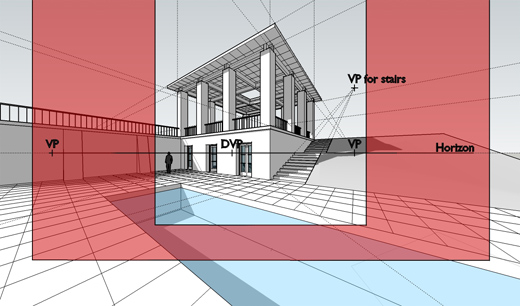Unlocking the Secrets of 1.25×1.2×3: A Construction Perspective

Introduction
In the realm of construction, dimensions are more than mere numbers; they are the blueprint of our built environment. The notation “1.25×1.2×3” may seem cryptic to the uninitiated, but to architects, engineers, and builders, it conveys critical information about the size and proportions of a structural element. Understanding these dimensions is essential for ensuring structural integrity, aesthetic harmony, and compliance with building codes.
Decoding the Dimensions
The notation “1.25×1.2×3” typically represents the length, width, and height (or thickness) of a construction element in meters. This could pertain to various components such as beams, columns, slabs, or even entire rooms, depending on the context.
- Length (1.25 meters): This dimension could indicate the span of a beam or the length of a slab.
- Width (1.2 meters): This might refer to the breadth of a column or the width of a wall.
- Height/Thickness (3 meters): This could denote the height of a room, the thickness of a wall, or the depth of a foundation.
Understanding these measurements is crucial for accurate planning and execution in construction projects.
Importance of Accurate Measurements
1. Structural Integrity
Precise dimensions ensure that structural elements can bear the intended loads without failure. For instance, a beam measuring 1.25 meters in length and 1.2 meters in width must be designed to support the weight above it, considering factors like material strength and load distribution.
2. Aesthetic Consistency
Uniform dimensions contribute to the visual harmony of a building. Consistent room heights, wall thicknesses, and other measurements create a cohesive appearance and enhance the overall design.
3. Compliance with Building Codes
Adhering to standardized dimensions is often a requirement of local building codes and regulations. These standards ensure safety, accessibility, and functionality in built environments.
Practical Applications
Beams and Columns
In structural engineering, beams and columns are fundamental elements. A beam measuring 1.25×1.2×3 meters must be designed to handle specific loads, considering factors like span length, material properties, and support conditions.
Slabs and Floors
Floor slabs with dimensions like 1.25×1.2 meters are common in modular construction. These standardized sizes facilitate easier installation and integration with other building components.
Rooms and Spaces
Room dimensions, such as 1.25×1.2×3 meters, may be used in specific contexts like storage areas, utility rooms, or compact living spaces. Designing such spaces requires careful consideration of functionality and comfort.
Personal Insights
Having worked on various construction projects, I’ve encountered numerous instances where understanding and applying precise dimensions were critical. In one project, we designed a series of modular units with dimensions of 1.25×1.2×3 meters. This standardization streamlined the manufacturing process and ensured consistency across the development.alsyedconstruction.com+1alsyedconstruction.com+1
However, challenges arose when integrating these modules with existing structures that didn’t conform to the same dimensions. This experience underscored the importance of thorough planning and adaptability in construction projects.
Conclusion
The notation “1.25×1.2×3” encapsulates vital information in the construction industry. Understanding these dimensions is essential for ensuring structural integrity, aesthetic appeal, and regulatory compliance. Whether designing beams, slabs, or entire rooms, precise measurements are the cornerstone of successful construction projects.